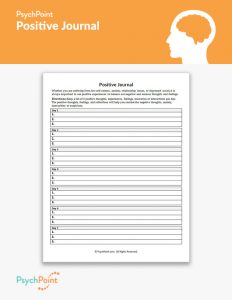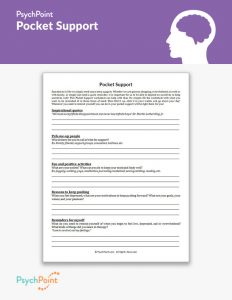Cognitive Distortions: All Or Nothing Thinking Worksheet
Worksheet published on April 22nd, 2020

Awareness about your own cognitive distortions is an important part of therapy. It is a step toward correcting thinking errors. A cognitive distortion is a pattern in negative thoughts. It is an error in thinking that causes many challenges in a person’s life. Understanding cognitive distortions is a part of the process of cognitive behavioral therapy (CBT). It is important to understand cognitive distortions and how they relate to the process of CBT. A person should know what a cognitive distortion is before learning how to challenge thinking errors.
When a person thinks in all or nothing thinking, they feel powerless. They do not feel like they have authority over outcomes of challenging situations. It causes them to feel powerless over their own lives. A person who struggles with all or nothing thinking feels as though they incapable of changing their circumstances. A huge part of overcoming all or nothing thinking is finding the power within yourself to take charge over life issues. This helps you to find methods to play an active role in improving your own circumstances.
About This Worksheet
This is the Cognitive Distortions: All or Nothing Thinking worksheet. This worksheet provides an explanation of how all or nothing thinking affects a person’s ability to feel empowered in their own lives.
The Cognitive Distortions: All or Nothing Thinking worksheet uses principles from CBT. It uses these principles to help the client find their own responsibility for their circumstances. This worksheet provides a great step-by-step exercise for adolescents and adults. It can be used in individual therapy and group counseling.
Instructions
Begin the exercise by explaining the concept of cognitive distortions. Pay close attention to the definition of all-or-nothing thinking to your client. Use examples from what the client has shared with you to illustrate how all or nothing thinking affects the way a person sees themselves and their life circumstances.
Review the introduction of the worksheet and the directions with the client. Then, instruct the client to complete the reflection questions on the worksheet. When they have completed the questions, review the responses with the client. Use the responses to the questions as a guide to create a plan for how to address similar challenges in the future.
Download Cognitive Distortions: All Or Nothing Thinking Worksheet







